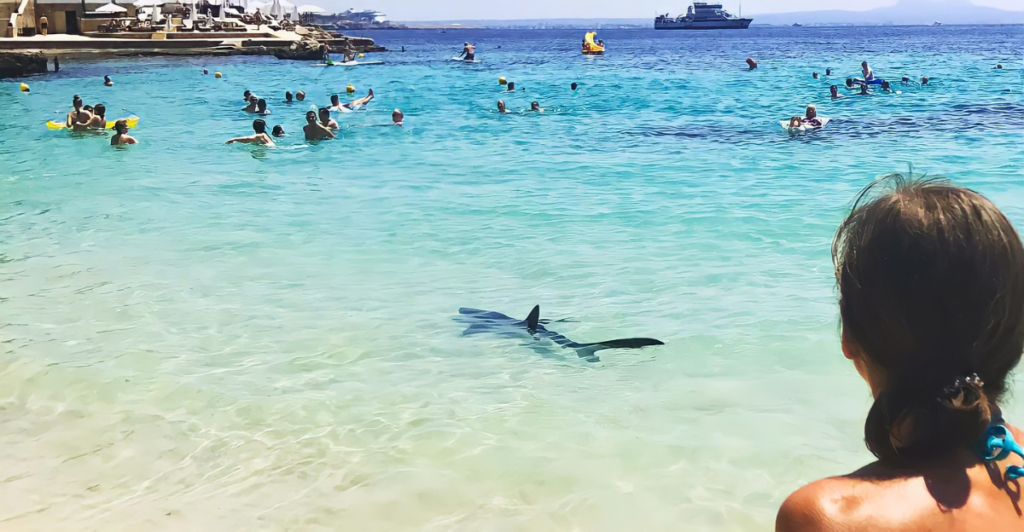
Spring break is supposed to be carefree—sun on your face, drink in your hand, and not a single thought in your head. But some U.S. beaches come with way more than just UV rays and questionable dance-offs. We’re talking shark bites, rip currents, and conditions that can turn your pool floatie into a stretcher.
Every year, spring breakers underestimate Mother Nature. A little too much tequila, a little too much confidence, and suddenly you’re trending for all the wrong reasons.
So, before you cannonball into danger, here’s the lowdown on 9 of the most dangerous spring break beaches in the U.S. They’re beautiful. They’re popular. They’re also kind of out to get you. Let’s dive in—safely.
1. New Smyrna Beach, Florida – Shark Bite Central
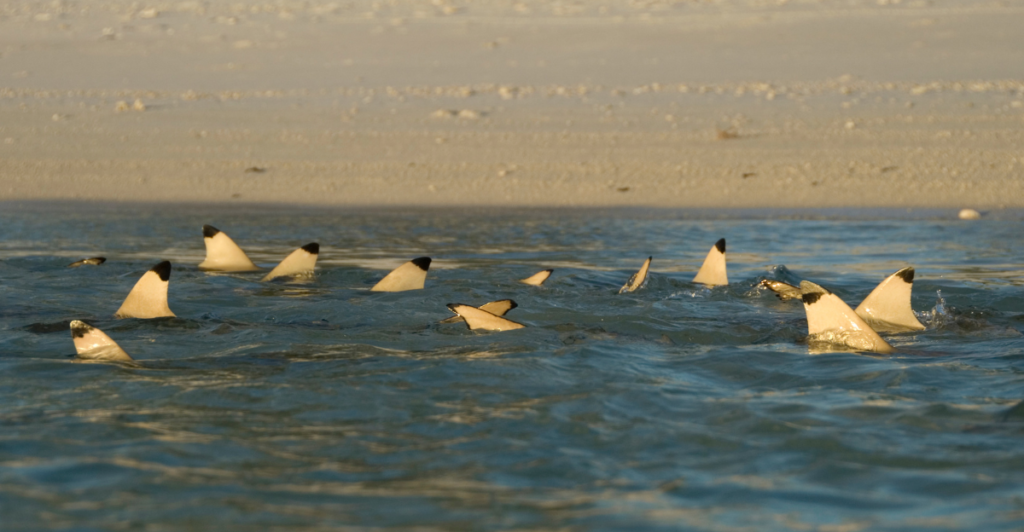
You know a place is sketchy when marine biologists start calling it the Shark Bite Capital of the World. New Smyrna Beach racks up more unprovoked bites than any other place on Earth.
It’s not that the sharks are extra aggressive here. There are just so many of them and so many surfers paddling around, looking like snacks. The warm waters, sandbars, and schools of fish basically scream, “Shark buffet, open 24/7.”
Most bites aren’t deadly, but do you really want to end spring break with a tooth mark souvenir? Stay out of the water during feeding times (dawn and dusk), keep your limbs to yourself, and avoid looking like a shiny seal in neon swimwear.
2. Myrtle Beach, South Carolina
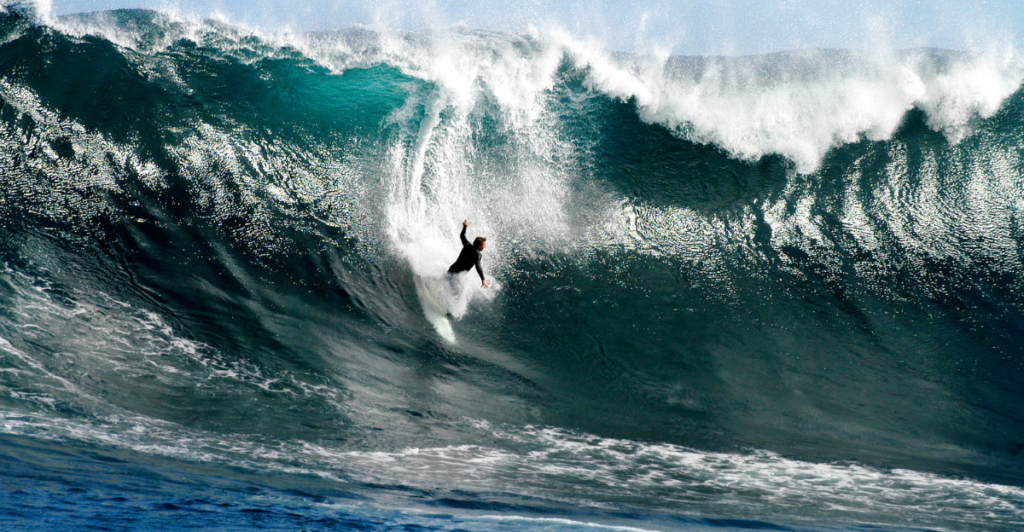
Myrtle Beach has two things: a wild nightlife and ean ven wilder surf. Every spring, this coastal hot spot pulls in thousands of college students—and unfortunately, it racks up a few surf zone fatalities while it’s at it.
The biggest risk here? Rip currents. They’re invisible, fast, and absolutely do not care that you took one swim lesson in 7th grade. People regularly get pulled out to sea while lifeguards scream from shore like it’s a disaster movie.
Add that to a party crowd that isn’t always sober or sunscreened, and you’ve got a risky mix. Pro tip: if the flags are red, don’t be the hero who ignores them. It’s spring break, not “Survivor: Myrtle Edition.”
3. Panama City Beach, Florida
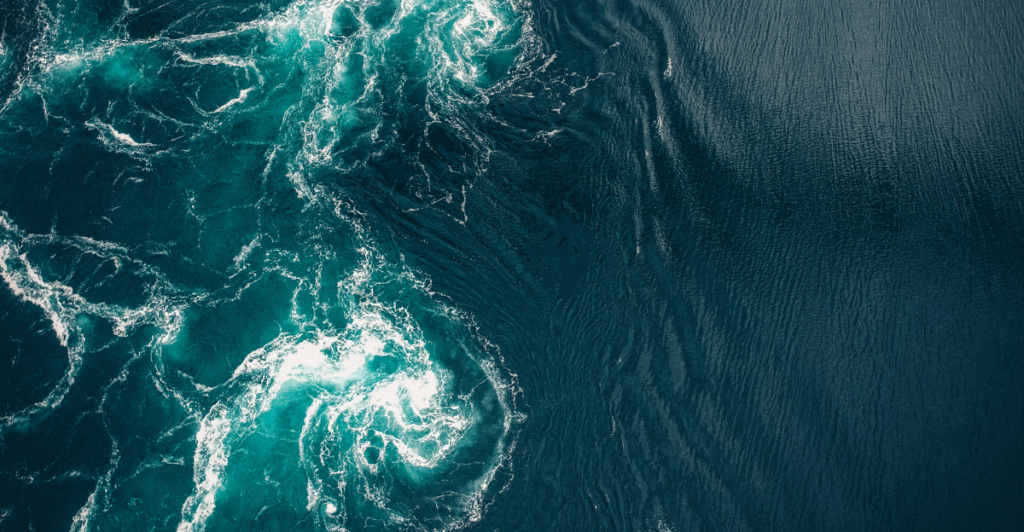
Panama City Beach is legendary for its spring break chaos—but it’s also infamous for its high number of surf-related deaths. Between the strong currents and the sea of drunk partygoers, it’s kind of amazing this place isn’t just called “Ambulance Bay.”
The beach looks calm, but rip currents can form out of nowhere. And when half the crowd’s swimming on empty stomachs and full Solo cups? Let’s just say decision-making isn’t at its peak.
This doesn’t mean PCB is off-limits. It just means use your brain: swim with a buddy, stay sober in the water, and don’t try to outswim a rip current (spoiler: you won’t). It’s a vacation, not the Olympic trials.
4. Daytona Beach, Florida
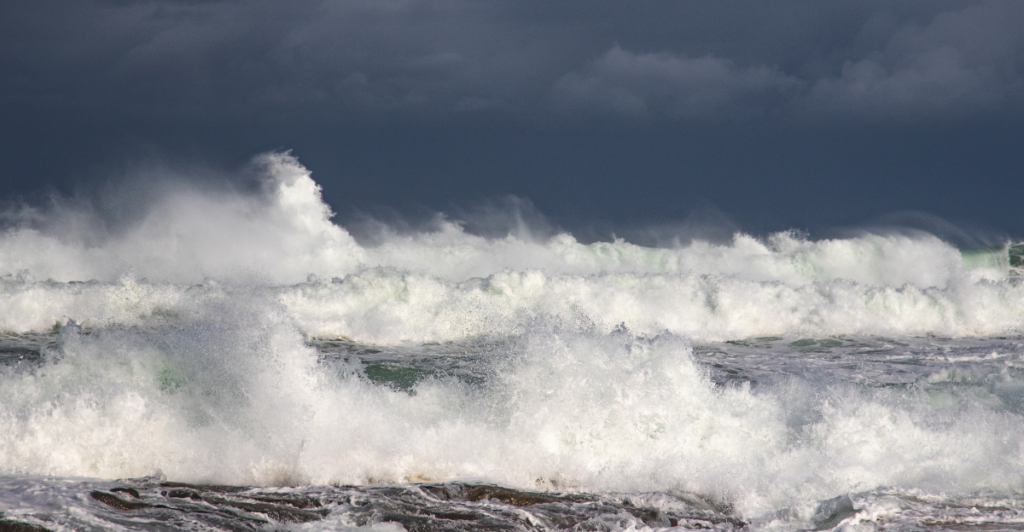
Daytona is known for car races and spring breakers going full throttle—but the surf zone here is no joke. Strong waves, sudden currents, and shark sightings make this more than just a party destination.
It’s one of the few U.S. beaches where you can drive right onto the sand, which sounds cool until someone’s Toyota narrowly misses your towel. Add in high surf and a crowd that’s 70% adrenaline, 30% sunscreen, and you’ve got a dangerous cocktail.
Even experienced swimmers get caught off guard here. Always check the flags, know where the lifeguards are, and please—don’t sprint into the water like it’s a montage. Daytona will humble you really fast.
5. Miami Beach, Florida
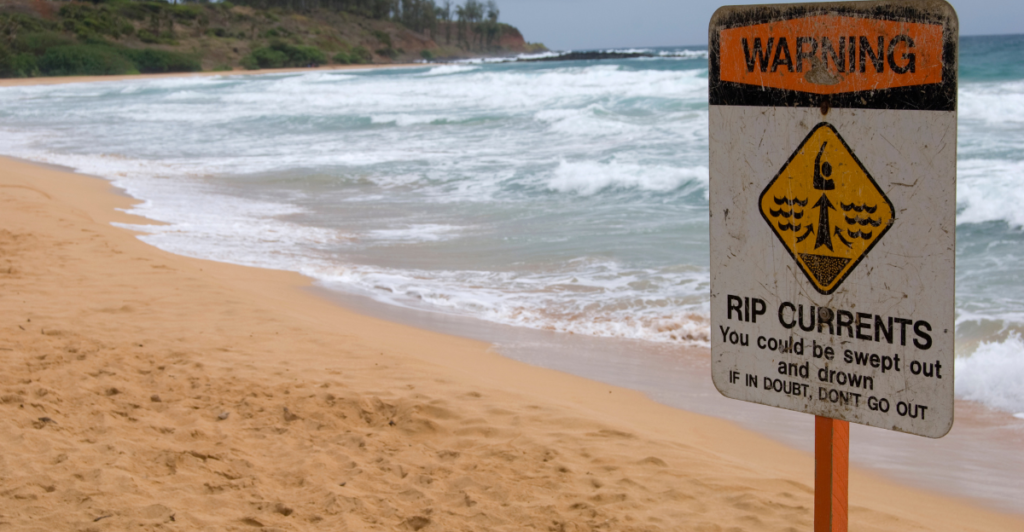
Miami Beach has it all: vibes, views, and more influencers than sense. But beneath the glitz, there’s some grit. This beach sees high crime rates, massive crowds, and yes—rip currents that don’t care how good your spray tan looks.
Petty theft spikes during peak travel season, and pickpockets love a distracted beachgoer. Meanwhile, crowded water conditions make it hard for lifeguards to keep track of everyone—especially when conditions turn quickly.
It’s not unsafe if you’re alert, but don’t get lulled into a false sense of “luxury = safety.” Keep your stuff close, respect the ocean, and don’t trust that stranger offering “free bottle service” behind the dunes.
6. Cocoa Beach, Florida
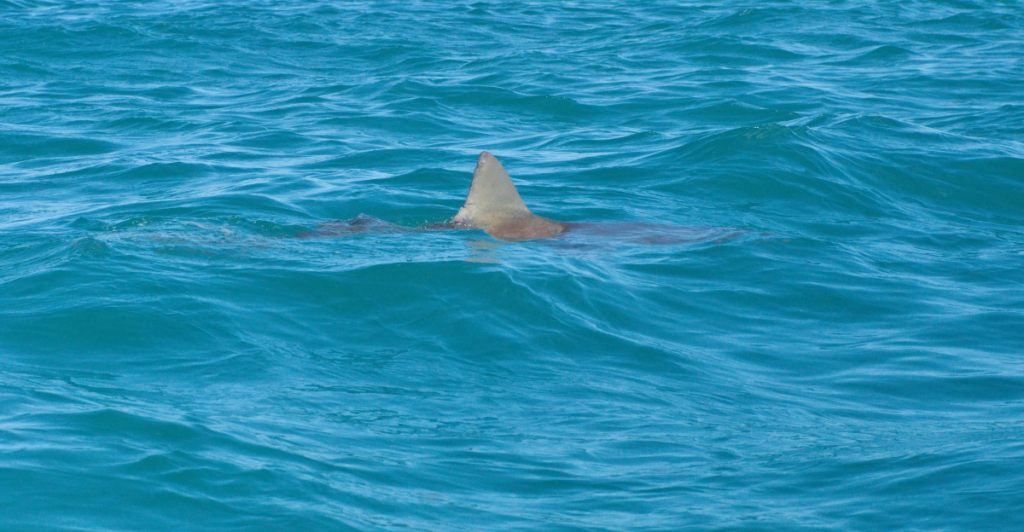
Cocoa Beach gives off laid-back surf town energy, but the ocean here doesn’t always match the vibe. It’s got strong rip currents, surprising waves, and more than a few shark encounters on its resume.
It’s a hotspot for beginner surfers—which is part of the problem. Inexperienced swimmers + unpredictable waves = a very busy lifeguard tower. The calm surface can fool you, but the pull below is no joke.
The solution? Respect the ocean and stay in designated swim zones. If you’re surfing, know your limits. And maybe don’t try to impress your crush with a wave you have no business riding. No one looks hot getting rescued by a jet ski.
7. Cape Hatteras, North Carolina
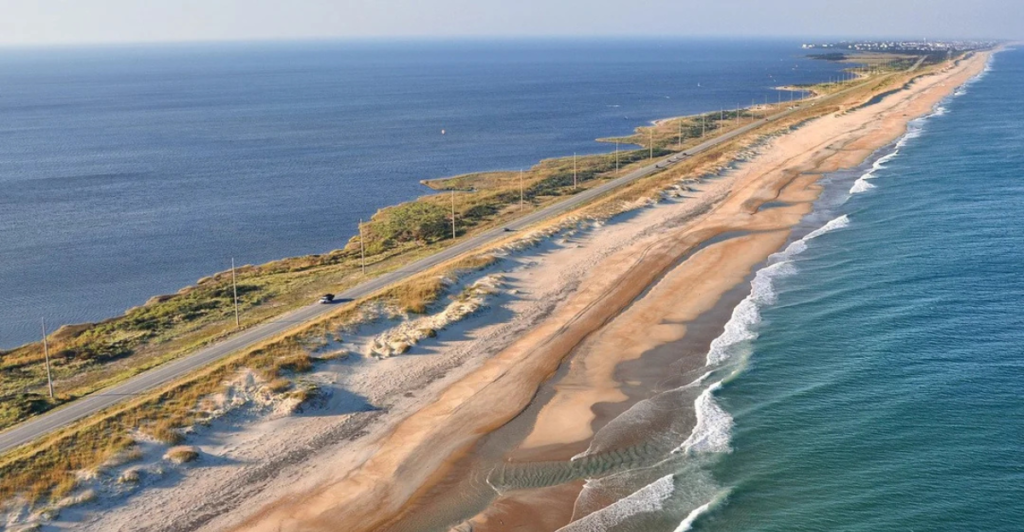
Cape Hatteras is part of the gorgeous Outer Banks, but it’s also known as the Graveyard of the Atlantic—a nickname that’s somehow both spooky and earned. The waters here are unpredictable, rough, and under-patrolled.
Changing sandbars, powerful waves, and limited lifeguard coverage make swimming risky even on sunny days. It’s a favorite for surfers and thrill-seekers, but it’s not ideal if your water skills are more “doggy paddle” than “Baywatch.”
If you’re heading here, check the surf and wind reports religiously. Don’t swim alone. And if the ocean looks wild, trust your gut—and maybe the locals—when they say, “Not today.”
8. Hanakapiai Beach, Hawaii
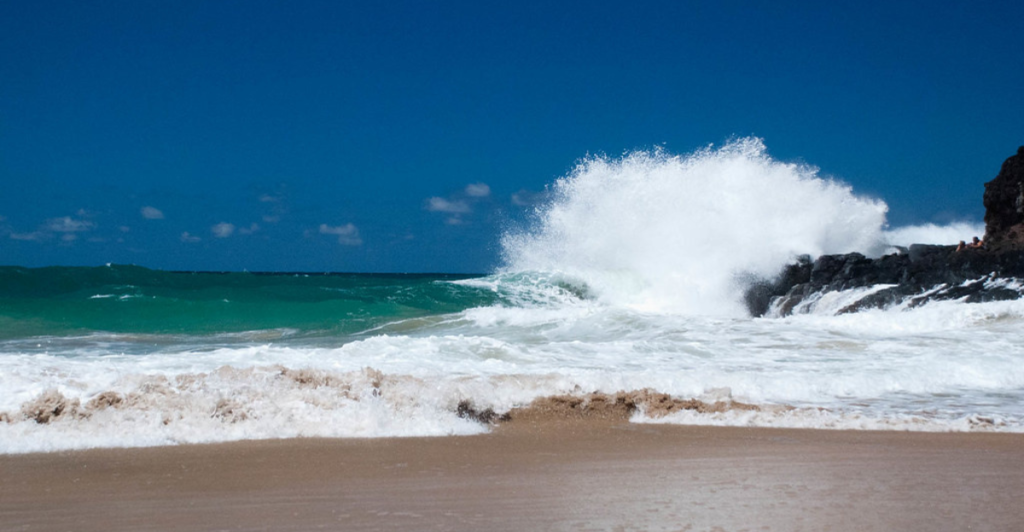
This beach is stunning—but it’s also got no lifeguards, brutal currents, and a sketchy 2-mile hike just to get there. That’s three strikes before you even take your shoes off. Hanakapiai has claimed dozens of lives, mostly from people underestimating the ocean.
Even when it looks calm, the rip currents here are freakishly strong. The beach has no cell service, so once you’re out of sight, you’re on your own. And good luck explaining your TikTok stunt to rescue crews hours later.
If you do hike in, take pictures, breathe it in, then stay out of the water. It’s not worth the risk. There’s a reason the warning signs at the trailhead are written like obituaries.
Beaches Are Fun. Until They’re Not
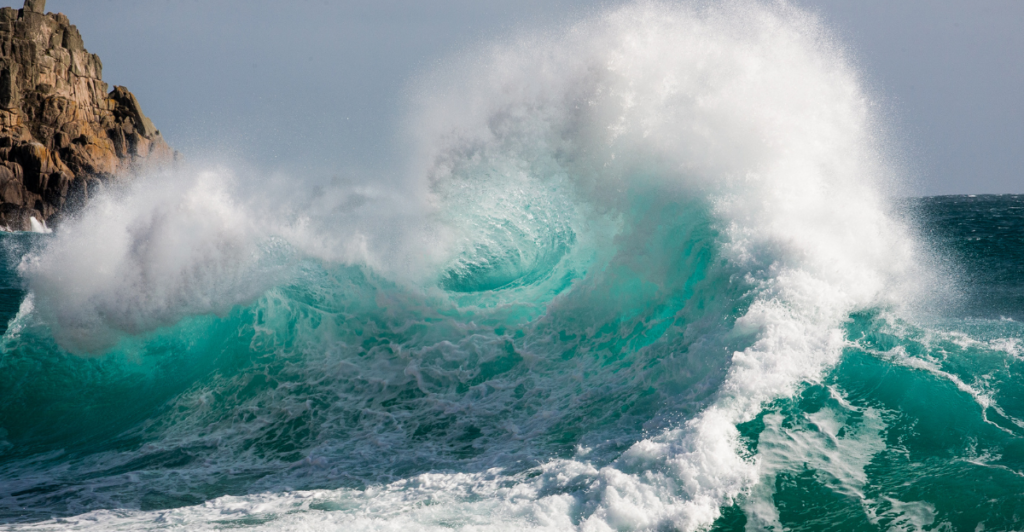
No one’s saying don’t go to the beach—just don’t treat it like a ball pit. The ocean is powerful, unpredictable, and absolutely not impressed by your spring break energy. Whether it’s sharks, rips, or just bad choices, danger hides in plain sight.
Stick with lifeguarded beaches. Learn to spot a rip current. And for the love of SPF, keep your party on the sand—not 300 yards out in a unicorn floatie during a wind advisory.
With a little caution and a lot of common sense, you can still soak up the fun without becoming a cautionary headline. Sun responsibly, spring breaker.
Explore more of our trending stories and hit Follow to keep them coming to your feed!

Don’t miss out on more stories like this! Hit the Follow button at the top of this article to stay updated with the latest news. Share your thoughts in the comments—we’d love to hear from you!







